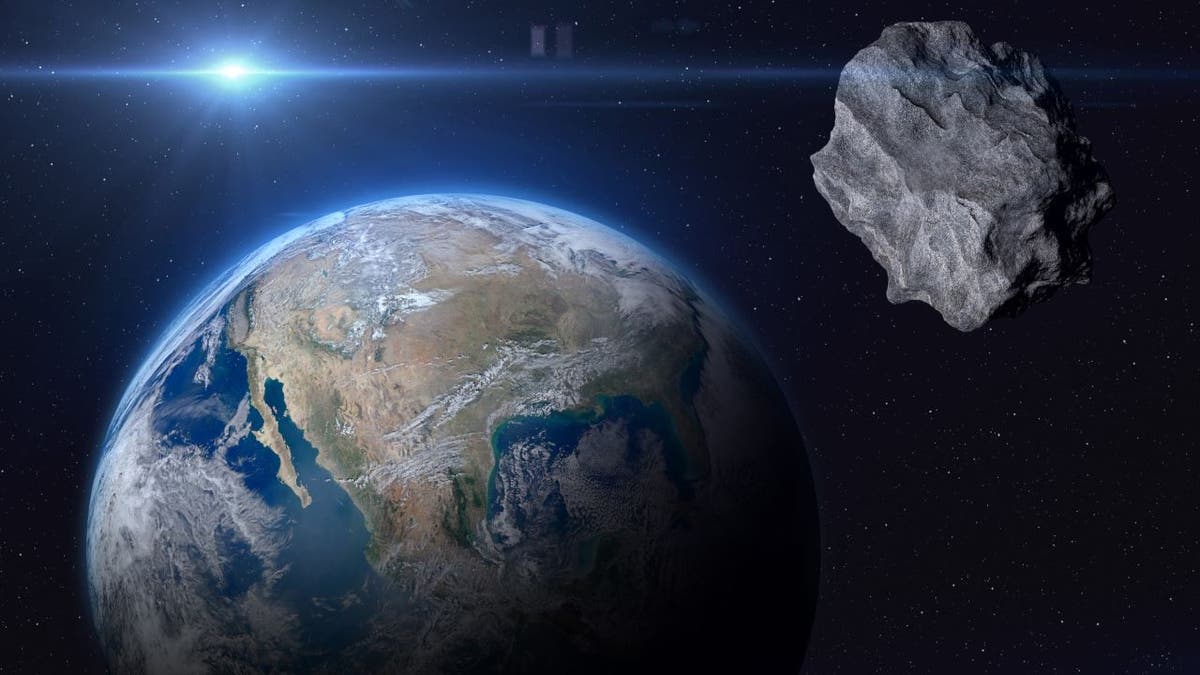
NASA Warns of Increasing Impact Probability of Stadium-Sized Asteroid
Potential Asteroid Impact Threat
NASA scientists have raised concerns over the escalating probability of Asteroid 2024 YR4 striking Earth on December 22, 2032. The asteroid, estimated to be between 130 and 300 feet wide, has a current impact probability of 2.6%, or 1 in 38 chance. This represents a significant increase from an initial 1% probability in late January.
While the likelihood of impact is still relatively low, the odds are steadily rising as scientists refine their understanding of the asteroid’s trajectory. Astronomers emphasize that the risk may ultimately drop to zero.
Astronomical Observation and Tracking
The European Space Agency’s Webb Space Telescope and NASA will collaborate to observe the asteroid in March 2023. These observations will provide valuable data on its size, shape, and composition. However, once the asteroid disappears from view, scientists will have to wait until 2028 for its next close pass by Earth to gather further information.
Potential Impact Scenario
In the unlikely event of an impact, NASA has identified a risk corridor extending across the eastern Pacific Ocean, northern South America, the Atlantic Ocean, Africa, the Arabian Sea, and South Asia. If the asteroid were to strike Earth, it would do so at a high velocity of approximately 38,000 miles per hour, potentially causing widespread devastation.
Torino Impact Hazard Scale
Asteroid 2024 YR4 has been assigned a Level 3 rating on the Torino Impact Hazard Scale, which measures the potential risks posed by near-Earth objects. This level indicates a close encounter deserving attention by astronomers, with a 1% or greater chance of collision resulting in localized destruction. However, it is likely that further observations will downgrade the alert level to zero.
Expert Analysis and Outlook
Despite the increasing probability, experts caution against undue concern. Paul Chodas, director of NASA’s Center for Near-Earth Object Studies, stated that the team anticipated this behavior and expects the impact probability to eventually diminish to zero.
Early Detection and Monitoring
The early detection of Asteroid 2024 YR4 highlights the importance of ongoing efforts to identify and monitor potentially hazardous objects in near-Earth space. NASA’s Asteroid Terrestrial-impact Last Alert System (ATLAS) played a crucial role in spotting the asteroid, which was first reported to the Minor Planet Center on December 27, 2022.
Ongoing Research and Collaboration
NASA, the European Space Agency, and other international organizations are continuously conducting research and observations to enhance our understanding of near-Earth asteroids. These efforts are essential for assessing potential risks and developing strategies for mitigating their impact on human populations.
While the current trajectory of Asteroid 2024 YR4 does not warrant immediate concern, the situation will continue to be closely monitored by scientists. Collaboration and advanced technological capabilities will play a pivotal role in safeguarding humanity from future asteroid threats.
